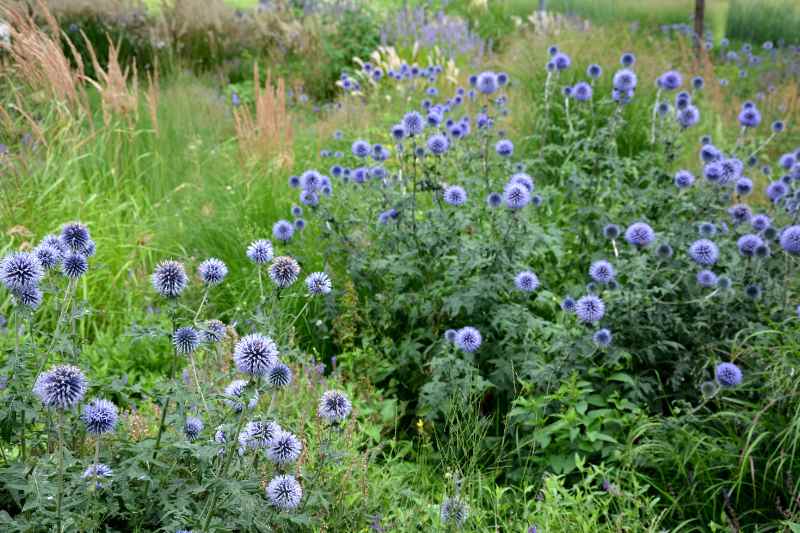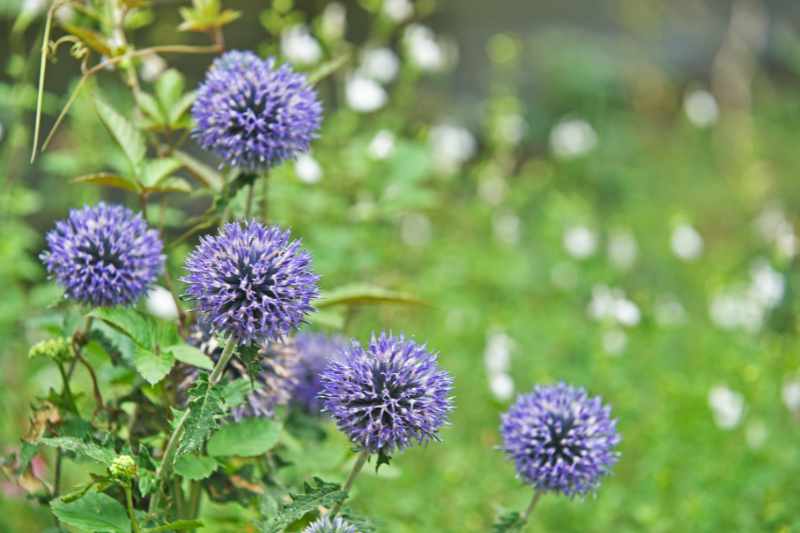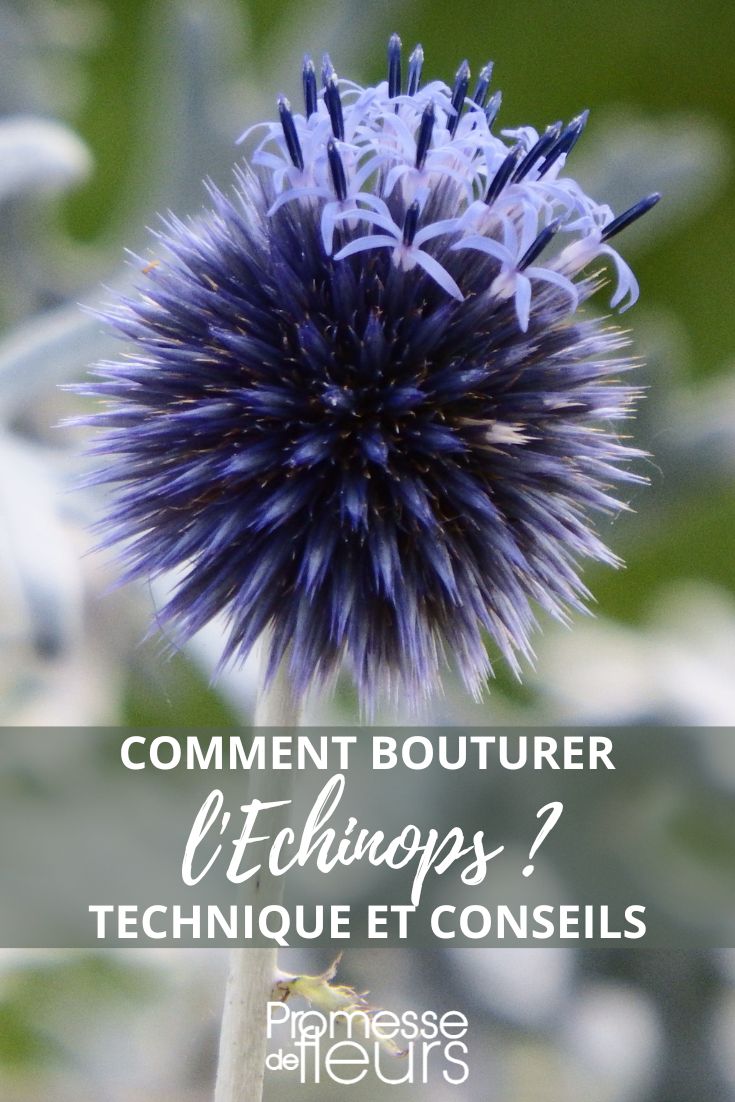Echinops are among most natural-looking blue flowerings in garden. We love the small globes of Echinops ritro, certainly the most widespread of them. These bristly, globe-shaped inflorescences are main appeal of this fairly hardy perennial that enjoys full sun and tolerates drought well. To multiply it and obtain new plants, you can try sowing (in spring or autumn), but propagation by root cuttings, suckers or stolons is another way to obtain new globe thistles quickly and at low cost.
Discover everything you need to know to propagate Echinops by root cuttings!

Why favour root cuttings for Echinops?
Unlike propagation by sowing, which can give unpredictable results and take longer, propagation by root cuttings allows faithful reproduction of parent plant and speeds up growth.
Propagation by root cuttings of Echinops is a particularly effective method when aerial parts are not ideal for stem cuttings. This technique guarantees a high success rate, because roots contain important energy reserves that facilitate growth of new individuals. Echinops produced from root cuttings establish more quickly and will, in time, be more robust.
When to take root cuttings of Echinops?
Propagating Echinops by root cuttings is done in winter or in early spring. During this period, plant is in dormancy, which reduces stress on parent plant and favours better establishment of cuttings.

How to take a root cutting of Echinops?
- Mix potting compost with sand (2/3 and 1/3). Fill pot to 3/4. Moisten slightly.
- Choose a well-developed clump and carefully lift it out, without damaging roots.
- Remove excess soil if necessary to make roots clearly visible, and keep rootlets, those very fine roots.
- Choose a lateral root, fairly thick, healthy and well formed, at least 5 mm in diameter.
- Cut it close to base of plant to obtain a fragment 5 to 10 cm long.
- Use a sharp, disinfected knife and make a clean cut.
- Optionally dip cut ends in rooting hormone to stimulate growth (facultative).
- Replant original clump in soil, and water it.
- Place segments horizontally in pot, covering them lightly with potting compost.
- Water moderately to keep substrate moist but not waterlogged.
- Place pot in a frost-free, bright spot, sheltered from direct sun. A greenhouse or cold frame is ideal.
- Water regularly so substrate remains cool (but avoid excess moisture).
Transplanting cuttings
When cuttings show active growth, usually a few weeks to 2–3 months after planting, they can be transplanted. Choose a sunny spot with well-drained soil, either in ground or in a pot. Continue to monitor soil moisture and protect young plants from extreme weather until well established.
Some additional tips
- Be careful to manage watering of your cuttings: too much water can rot roots of this moisture-sensitive plant. Keep soil just slightly moist.
- Label correctly by marking pots if you have propagated different varieties of Echinops to avoid later confusion.
- Patience! Root cuttings may take a little longer to show signs of growth. Don’t rush to move cuttings. Give them time to develop a solid root system.
Required equipment
- Pruning shear or a clean, sharp knife, thoroughly cleaned
- Pots with a light, well-draining potting compost mix
- Rooting hormone (facultative)
To go further
Find all our varieties of Echinops
Want to know more about the root cutting technique? Follow Ingrid's advice!
Also discover our detailed fact sheet on Echinops: planting, growing and care
































Comments